Holy Basil Plant
- March 22, 2024
- 0 comment
Holy Basil Plant, scientifically known as Ocimum tenuiflorum, is a revered herb in the Lamiaceae family. Originating from the Indian subcontinent, this aromatic perennial plant holds significant cultural and religious importance, particularly in Hinduism, where it is worshipped as a manifestation of the goddess Tulasi.
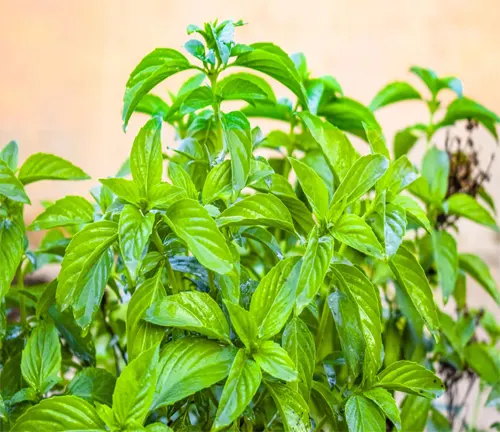
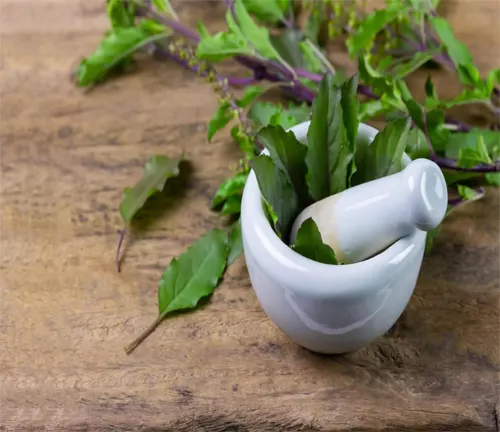
This versatile plant stands out in the natural medicine realm, where it’s employed to bolster the immune system, stabilize blood sugar levels, and manage stress. Its adaptogenic traits are particularly lauded, assisting the body in adapting to both environmental stressors and internal tension. The plant’s holistic benefits span physical, mental, and spiritual well-being, making it a cornerstone in herbal remedies and a fixture in spiritual rituals alike.
Characteristics of Holy Basil Plant
| Characteristics | Description |
| Scientific Name | Ocimum tenuiflorum |
| Common Names | Holy Basil, Tulasi, Tulsi |
| Family | Lamiaceae (Mint family) |
| Native Region | Indian subcontinent |
| Plant Type | Perennial herb |
| Size | Grows up to 30-60 cm in height |
| Leaves | Green or purple, ovate, slightly toothed, aromatic |
| Flowers | Small, purplish or white, borne in elongated racemes |
| Propagation | Can be propagated through seeds or cuttings for cultivation. |
| Drought Tolerance | Exhibits moderate drought tolerance, making it suitable for cultivation in regions with occasional water scarcity. |
| Cultural Uses | Revered for its sacred and medicinal properties, and is commonly used in religious rituals and Ayurvedic medicine. |
| Ecological Role | Plays an ecological role by attracting pollinators like bees and butterflies, enhancing biodiversity in its native and cultivated habitats. |
| Notable Species | Notable species of Holy Basil include Krishna Tulasi, with its distinctive purple leaves, and Rama Tulasi, characterized by its green foliage. |
| Hardiness Zones | Typically hardy in USDA zones 10-11, meaning it can thrive in regions with minimum winter temperatures of 30°F to 40°F (-1°C to 4°C). |
| Growth Rate | The growth rate of Holy Basil is considered moderate, with the plant reaching its full size within a single growing season. |
| Lifespan | Perennial in nature, often grown annually in cooler climates where it cannot survive the winter. |
Botanical Beauty of “Holy Basil Plant”
Holy Basil Plant is admired for its vibrant foliage and delicate flowers, making it a popular ornamental plant in gardens and landscapes. Its bushy growth habit and aromatic presence add a touch of botanical beauty to any setting.
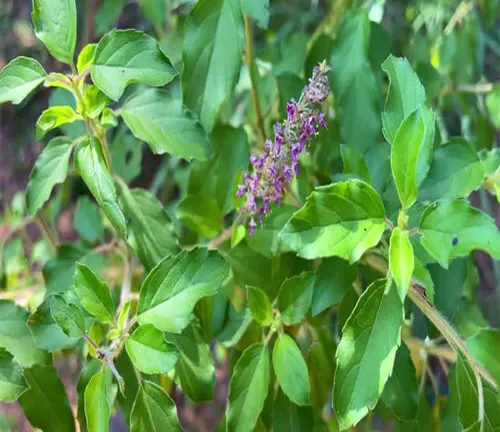
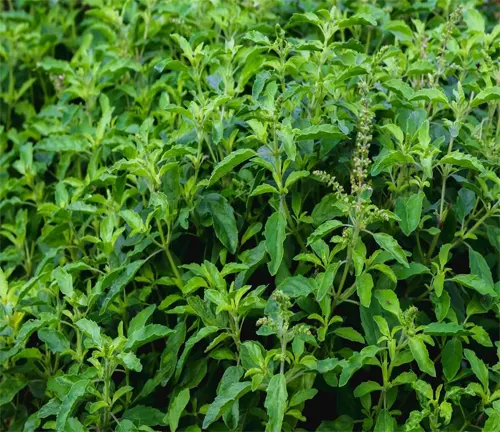
Woodland Elegance
The woodland elegance of the Holy Basil Plant is evident in its natural habitat, where it gracefully adorns the forest floor with its lush, aromatic foliage. Its vibrant green or purple leaves and delicate flowers add a touch of serenity and beauty to woodland landscapes.
Ecological Importance
Plays a significant ecological role by attracting pollinators such as bees and butterflies, which are crucial for maintaining biodiversity and supporting healthy ecosystems. Additionally, its aromatic properties can help repel harmful pests, reducing the need for chemical pesticides and promoting a more balanced and sustainable environment.

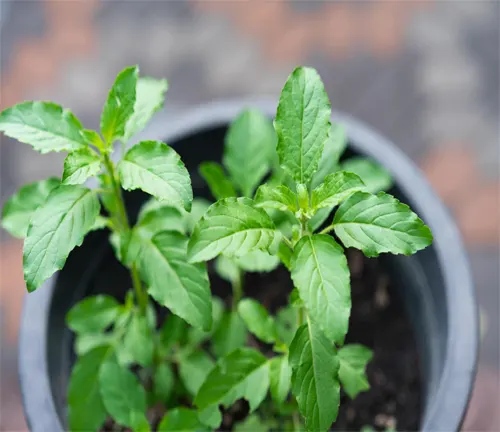
Cultivation and Conservation
Relatively straightforward, requiring well-drained soil and ample sunlight, making it a popular choice for home gardens and herbal medicine cultivation. Conservation efforts focus on preserving its genetic diversity, promoting sustainable harvesting practices, and ensuring its continued availability for both cultural and medicinal uses.
Fragrance
The fragrance of Holy Basil Plant is distinctively sweet and earthy, with a hint of clove-like aroma that emanates from its leaves. This enchanting scent is not only pleasing to the senses but also has a calming effect, making it a popular choice for aromatherapy and meditation practices.
In addition to its soothing aroma, the fragrance of the Holy Basil Plant is believed to have therapeutic properties, contributing to its widespread use in traditional medicine. The essential oil extracted from the plant is often used in perfumery and natural remedies for its uplifting and stress-relieving qualities.
Soil Stabilization
The extensive root system of Holy Basil Plant plays a crucial role in soil stabilization, making it an important plant for erosion control. Its roots penetrate deeply into the soil, binding the soil particles together and reducing the impact of water runoff and wind erosion.
In areas prone to soil degradation, planting Holy Basil can help maintain soil integrity and prevent the loss of fertile topsoil. This not only supports the growth of other plants but also promotes a healthier ecosystem by maintaining the natural balance of the soil.
Furthermore, the presence of Holy Basil in agricultural systems can improve soil structure and fertility over time. Its roots aerate the soil, enhancing water infiltration and nutrient uptake, which can lead to improved crop yields and sustainable farming practices.
Common Uses
Holy Basil, often referred to as Tulsi in traditional Indian culture, is extensively used for its health-promoting properties. It is a staple in Ayurvedic medicine, where it’s regarded as an “elixir of life” and is believed to promote longevity. The leaves are commonly steeped to make an herbal tea which is thought to support the immune system and relieve stress.
In the culinary world, particularly within Indian cuisine, Holy Basil is used to add a peppery flavor to dishes. It is less common in Western cuisines but has been gaining popularity for use in infused oils and as a fresh herb in salads. The plant’s leaves, seeds, and even its oil are incorporated into recipes for their unique taste and potential digestive benefits.
Holy Basil also holds a revered spot in spiritual practices; it is considered sacred in Hindu belief and is a common plant found in Indian households and temples. The plant is part of worship rituals and is believed to bring spiritual purity to the home. Additionally, it’s often planted around Hindu shrines as a symbol of sanctity, and its presence is thought to protect and sanctify the environment.
Benefits
Renowned for its adaptogenic properties, which help the body manage stress and maintain balance. It is believed to regulate cortisol levels, thereby reducing anxiety and promoting mental clarity and calmness. It’s packed with compounds like eugenol and caryophyllene which contribute to its characteristic fragrance and also have been found to support mental balance and a sense of calm. This has made it a popular natural remedy for helping to foster a more relaxed and focused mental state.
The herb’s benefits extend to supporting physical well-being, particularly in bolstering the immune system. Its antimicrobial properties are valued for fighting off infections and promoting overall health. Moreover, it contains a rich mix of phytochemicals that have potent antioxidant properties, which are important for combating oxidative stress and aiding in the maintenance of a healthy cellular environment.
Holy Basil is also linked to supporting stable blood sugar levels and maintaining a healthy metabolic state, making it a subject of interest in nutritional research focused on diabetes and metabolic disorders. Some studies suggest that its extract can help reduce blood glucose levels, making it a supportive dietary supplement for those managing diabetes. Additionally, its anti-inflammatory properties make it a natural choice for soothing different forms of inflammation in the body.
Different Species
Ocimum tenuiflorum var. ‘Rama’
Rama Tulsi
Known for its green leaves and white-purplish flowers, Rama Tulsi is the most common variety and is highly valued for its medicinal properties.
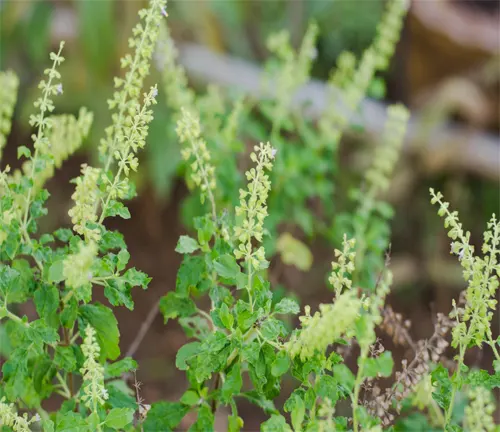
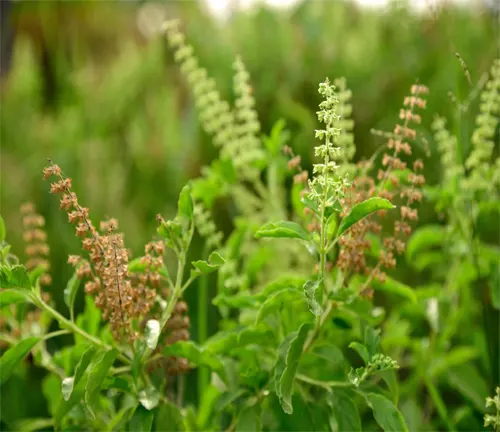
Ocimum tenuiflorum var. ‘Krishna’
Krishna Tulsi
Characterized by its purple leaves and stems, Krishna Tulsi is considered to have stronger medicinal properties and a more intense flavor compared to Rama Tulsi.
Ocimum gratissimum
Vana Tulsi
Also known as wild or forest Tulsi, Vana Tulsi has a distinct aroma and is known for its adaptogenic properties, aiding in stress relief and overall wellness.

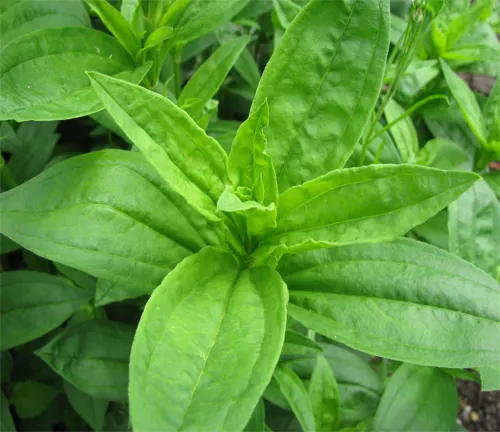
Ocimum tenuiflorum var. ‘Amrita’
Amrita Tulsi
This variety is known for its large green leaves and strong aroma. Amrita Tulsi is often used in Ayurvedic remedies for its healing properties.
Ocimum tenuiflorum var. ‘Kapoor’
Kapoor Tulsi
Kapoor Tulsi is characterized by its light green leaves and white-purplish flowers. It is known for its milder flavor and is often used in culinary applications.
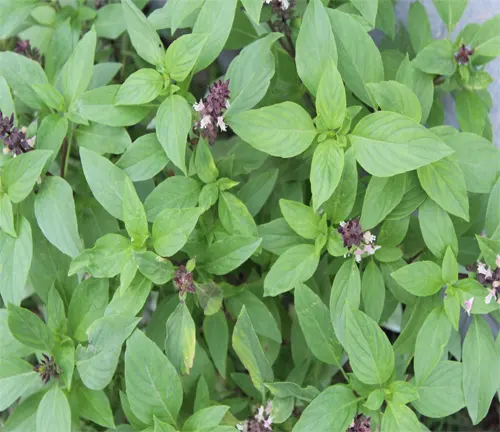
Frequently Asked Questions (FAQs)
1. What is Holy Basil Plant?
Holy Basil Plant, also known as Tulsi, is a revered herb in traditional Indian medicine with numerous health benefits.
2. Can Holy Basil help with stress?
Yes, Holy Basil Plant is an adaptogen that helps the body manage stress.
3. Is Holy Basil the same as regular basil?
No, Holy Basil (Ocimum tenuiflorum) is different from regular culinary basil (Ocimum basilicum).
4. How do you grow Holy Basil?
Holy Basil Plant can be grown from seeds or cuttings in well-drained soil with full to partial sunlight.
5. What are the health benefits of Holy Basil Plant?
Holy Basil Plant has adaptogenic, anti-inflammatory, antioxidant, antimicrobial, and immune-boosting properties.
6. Are there different types of Holy Basil Plant?
Yes, there are several varieties of Holy Basil, including Rama Tulsi, Krishna Tulsi, and Vana Tulsi.
7. Can Holy Basil Plant be used in cooking?
Yes, Holy Basil can be used in cooking, especially in Thai and Indian cuisines.
8. What is the significance of Holy Basil Plant in Hinduism?
Holy Basil Plant is considered sacred in Hinduism and is worshipped as a manifestation of the goddess Tulasi.
9. How is Holy Basil Plant used in traditional medicine?
Holy Basil Plant is used in traditional medicine in various forms, including teas, powders, and extracts, to treat a range of ailments.
10. Are there any side effects of consuming Holy Basil Plant?
Consuming Holy Basil Plant is generally safe, but it may interact with certain medications or have adverse effects in pregnant or breastfeeding women.



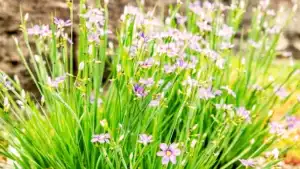
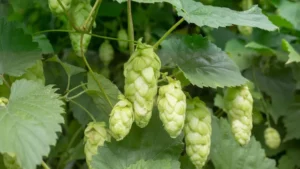






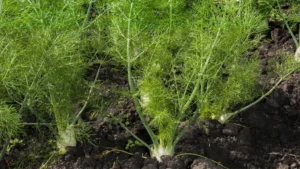

Leave your comment